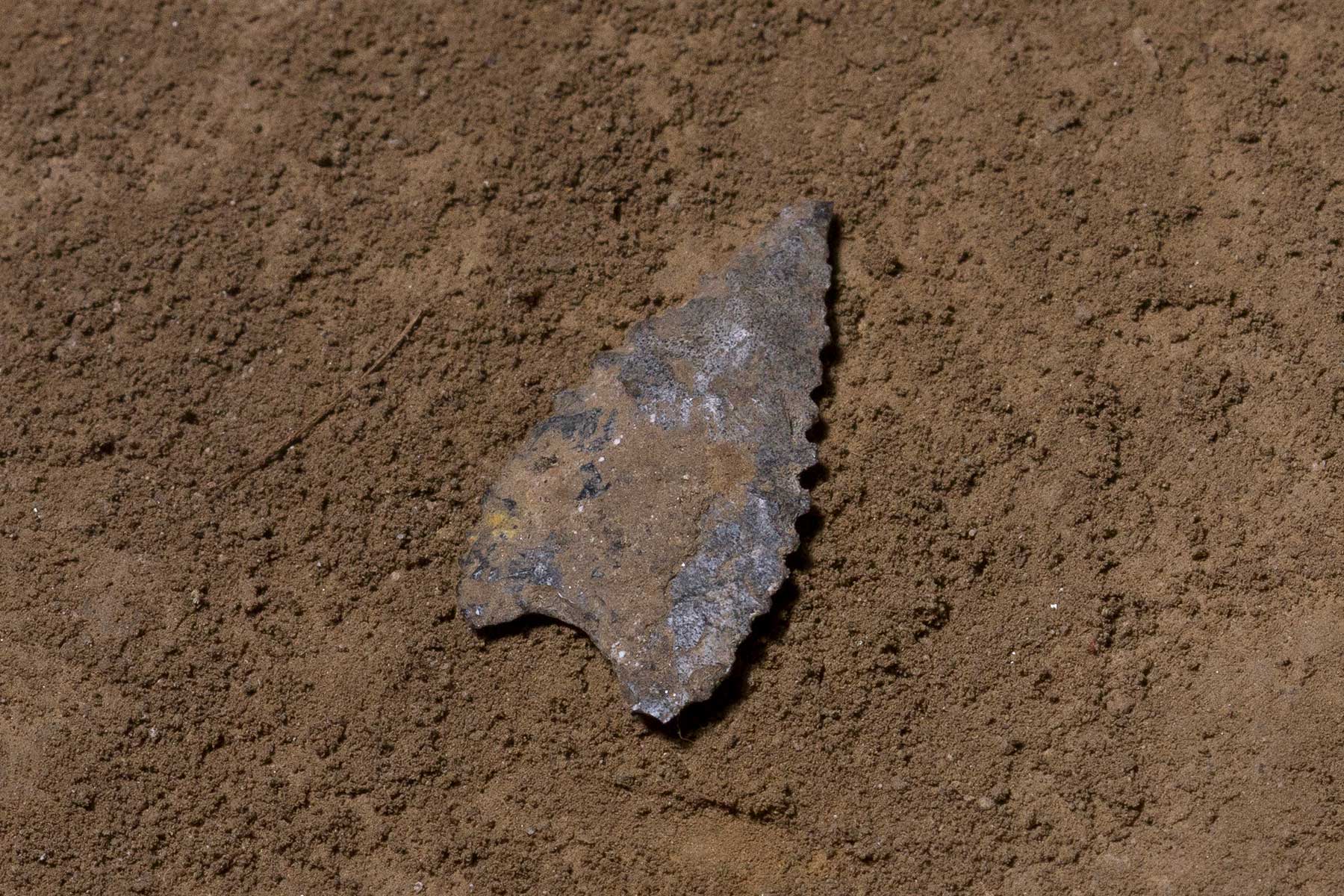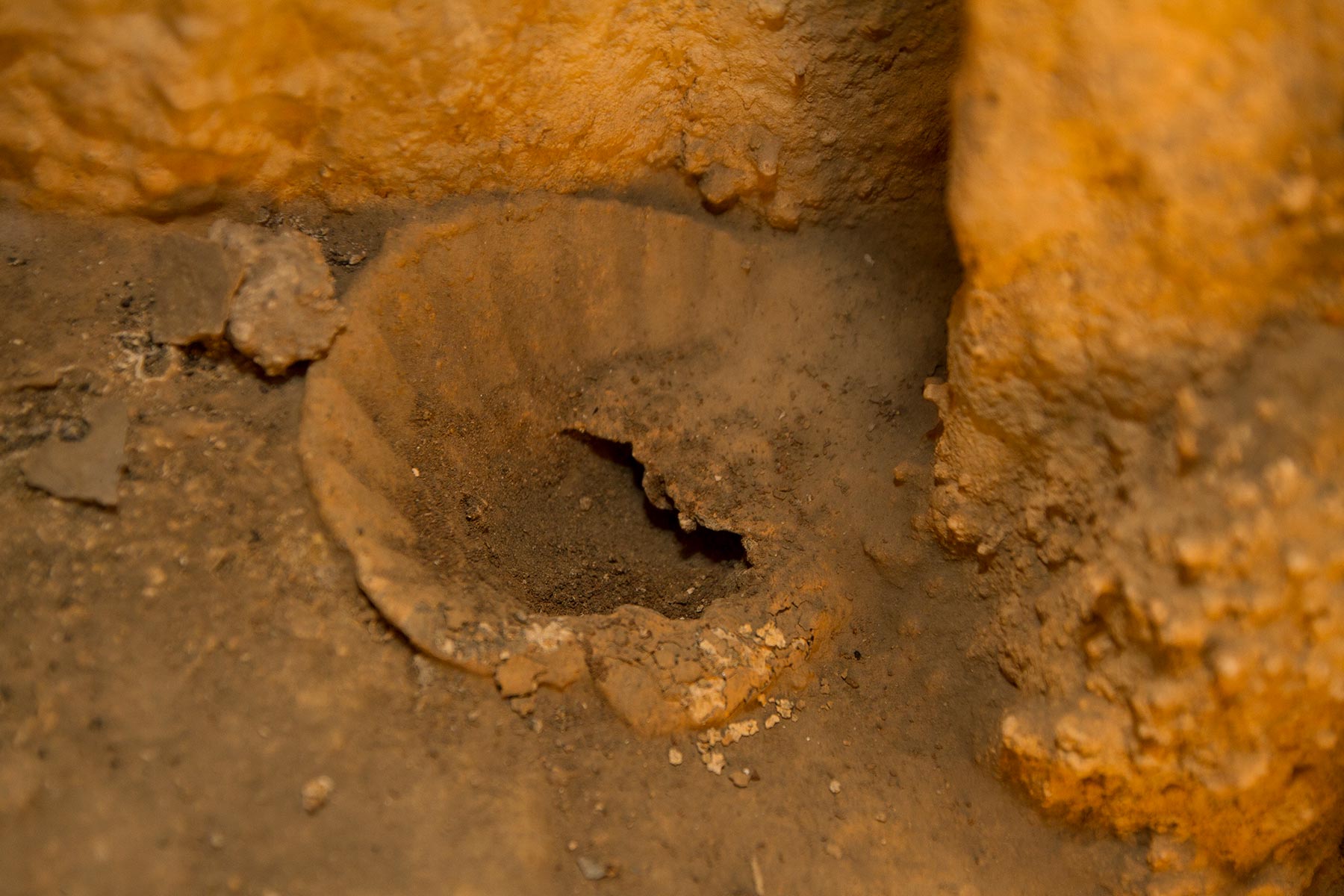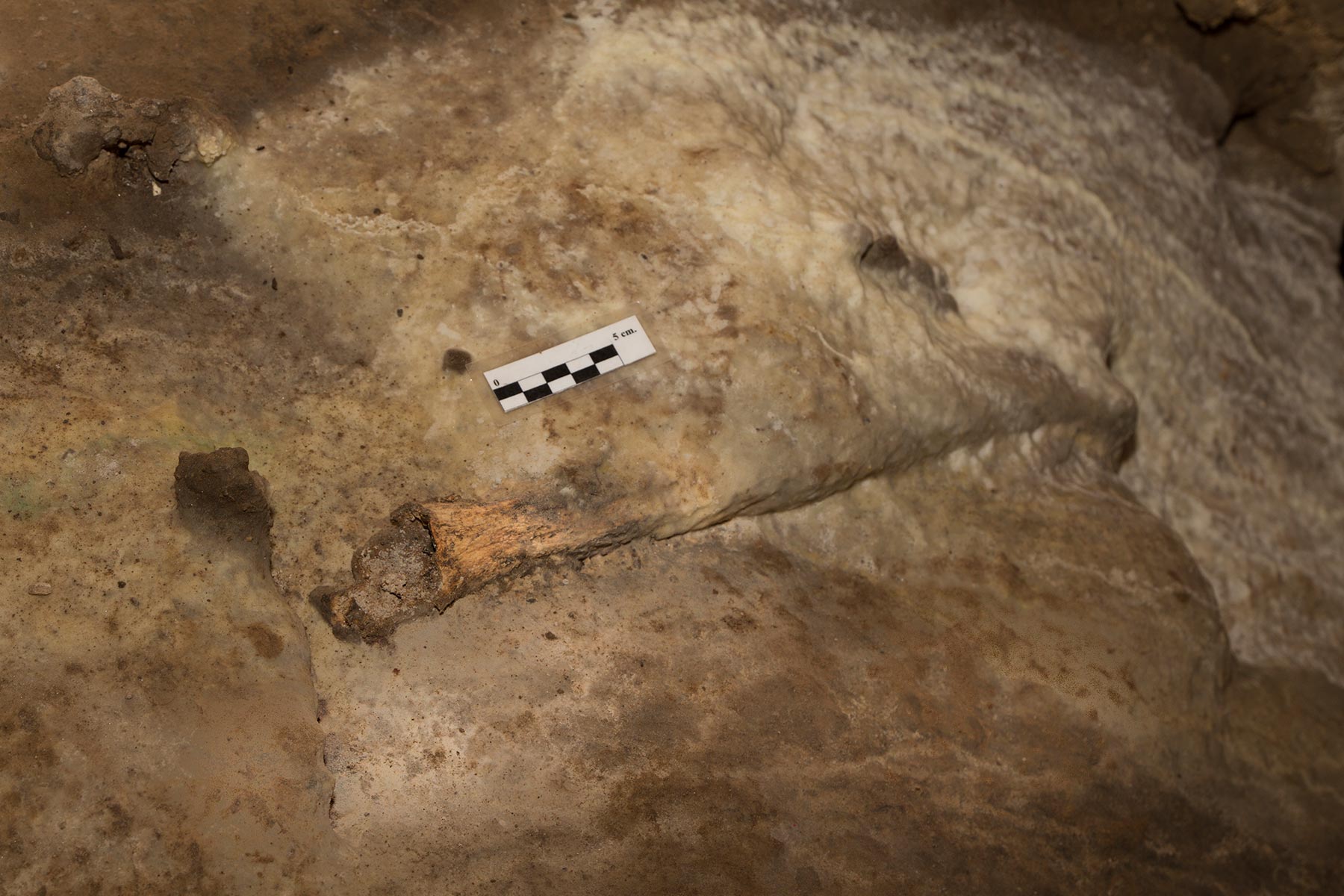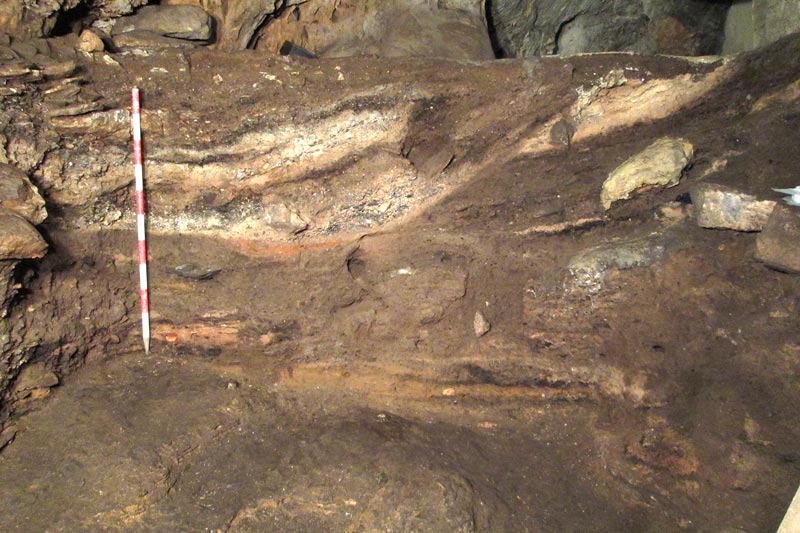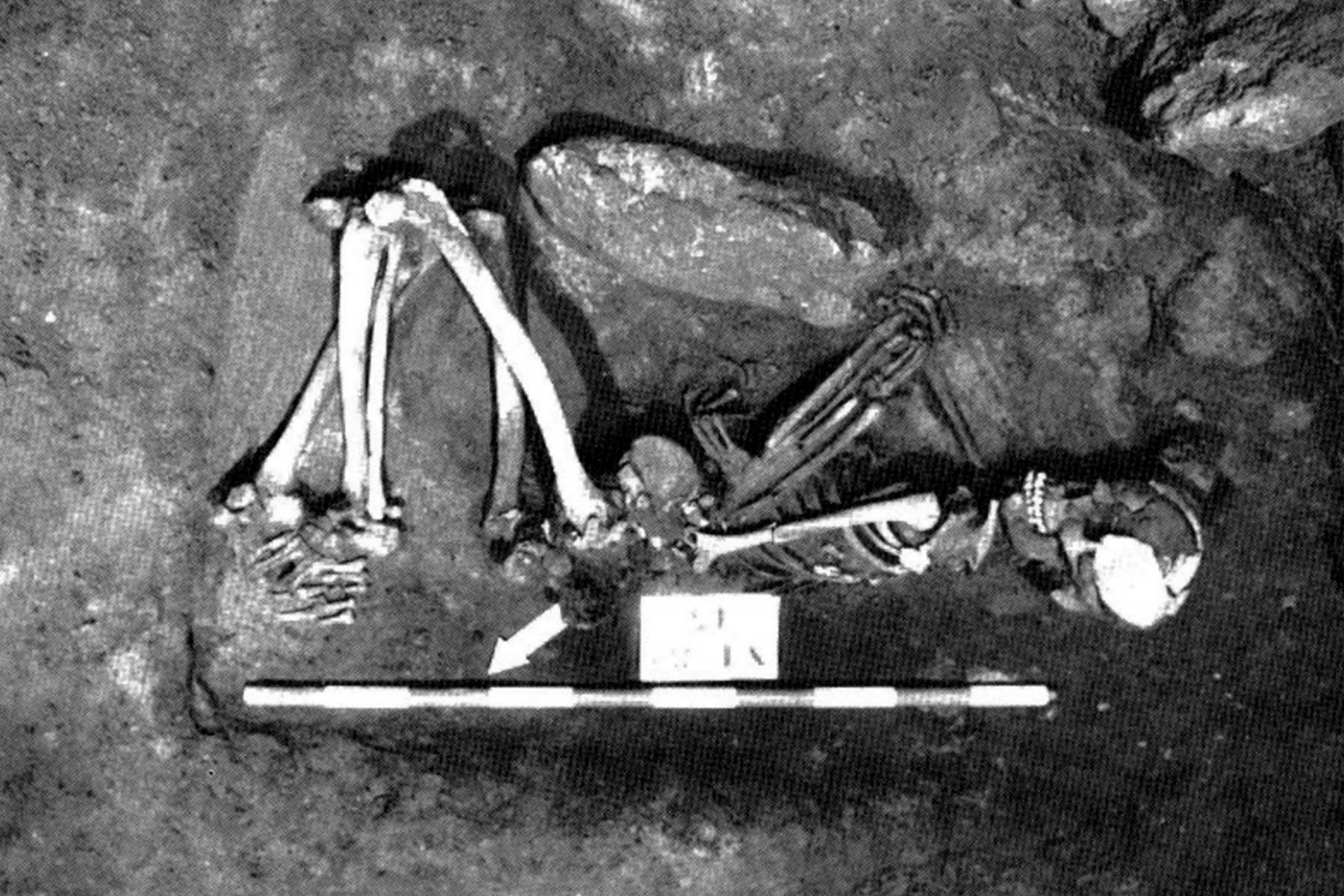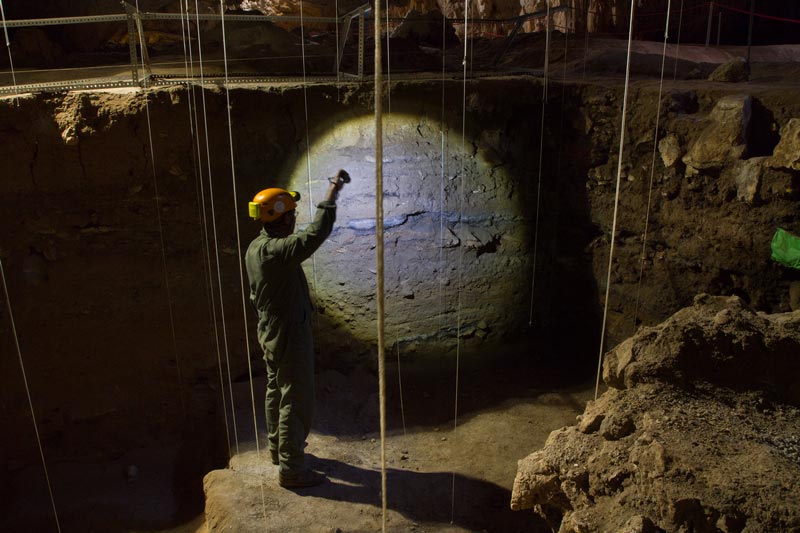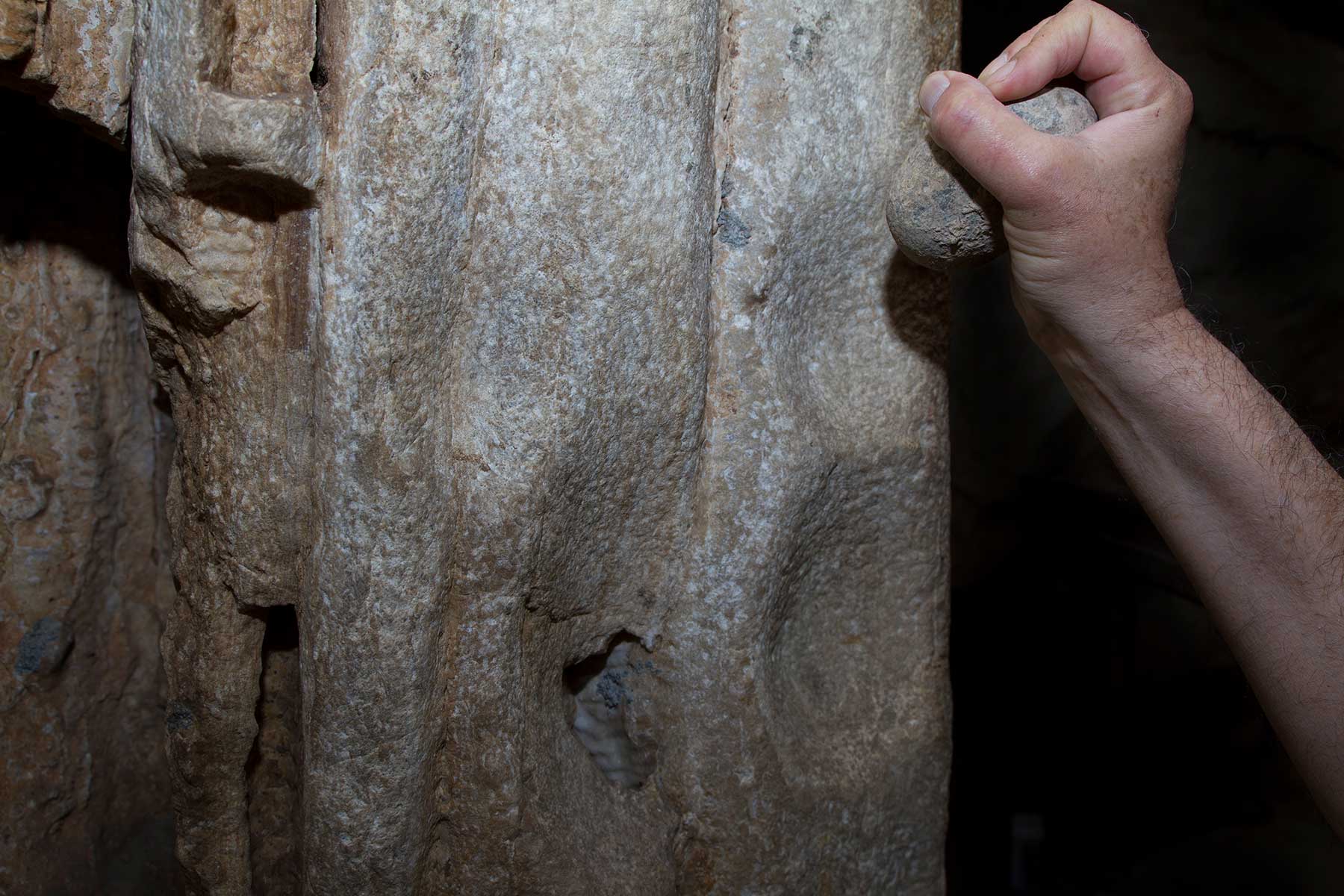Purchase your online ticket at the best price and avoid queues
Values of the Cave
Archaeology
With over 40.000 years of history, the Nerja Cave is a crucial archaeological site in Europe, showcasing diverse and continuous human usage.
From a refuge in the Upper Paleolithic to a center for funeral and agricultural practices in the Copper Age, it highlights the evolution of human activity in this fascinating place.
ARCHAEOLOGY ARCHAEOLOGY ARCHAEOLOGY ARCHAEOLOGY ARCHAEOLOGY ARCHAEOLOGY ARCHAEOLOGY ARCHAEOLOGY ARCHAEOLOGY ARCHAEOLOGY ARCHAEOLOGY ARCHAEOLOGY ARCHAEOLOGY ARCHAEOLOGY ARCHAEOLOGY ARCHAEOLOGY ARCHAEOLOGY ARCHAEOLOGY ARCHAEOLOGY ARCHAEOLOGY ARCHAEOLOGY ARCHAEOLOGY ARCHAEOLOGY ARCHAEOLOGY ARCHAEOLOGY ARCHAEOLOGY ARCHAEOLOGY
The archaeological sequence of the Nerja Cave
The presence of humans in the Nerja Cave has been attested for over 41.000 years. This means it is one of the European caves with extended and continuous occupations over time.
Similarly, given that prehistoric human activity has been confirmed in both the galleries open to tourism and the High Galleries, it is also one of the caves where humans progressed the farthest from the entrance, following paths of intense physical complexity.
Despite having older dates indicating previous cave occupation, dating back to the Aurignacian period, 35.000 years ago, we only have stratigraphic certainty of human settlement corresponding to the Upper Paleolithic, starting with the Gravettian. These human groups occupied an ancient hyena den in the caves.
Some dates obtained in the High Galleries may suggest at least some cave use before the arrival of Modern Humanity on the Iberian Peninsula, although the datings obtained so far are inconclusive.
With absolute certainty, the cave has been frequented since the Aurignacian, the first period of the Upper Paleolithic, and inhabited or frequented during the Gravettian, Solutrean, and Upper Mediterranean Magdalenian. The initial phases of the Magdalenian have only been confirmed through direct dating obtained from the cave’s rock art in the High Galleries. The epipaleolithic and mesolithic occupation, of great importance, is well-documented in the exterior chambers.
The end of the phases that constitute the Epipaleolithic period gave rise to the arrival of producing societies, Neolithic and Chalcolithic. Along with the adoption of a sedentary way of life, especially on the Malaga coast in the final phases of this era, the development of agricultural and livestock economies best defines the period.
The everyday and productive tools of these societies, whose economy is not exclusively based on resource exploitation, also show significant changes and advancements. The use of ceramic vessels and objects becomes widespread, along with the development of a lithic industry on hard polished rocks that gains prominence. Flint tools change in function to meet the new productive needs (elements that make up the sickles necessary for cereal harvesting), although they continue earlier technological traditions in tool making. In the case of the Nerja Cave, intense agricultural and livestock activity is well-documented, primarily focused on cereal cultivation and the raising of ovicaprine animals, as will also be seen in the Copper Age, when the cave’s primary use will be for burial purposes.
